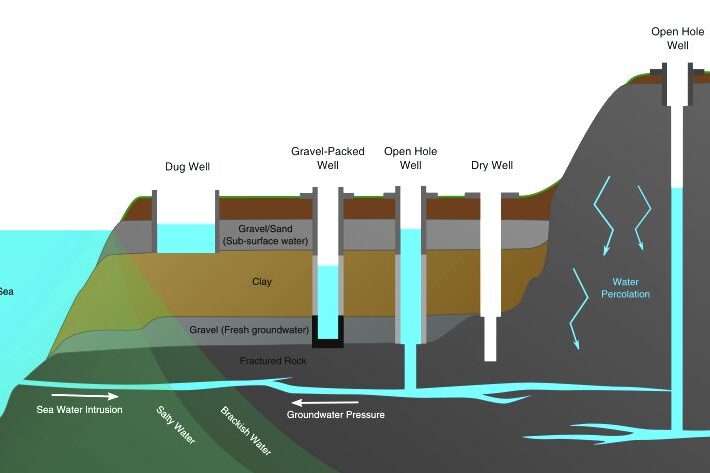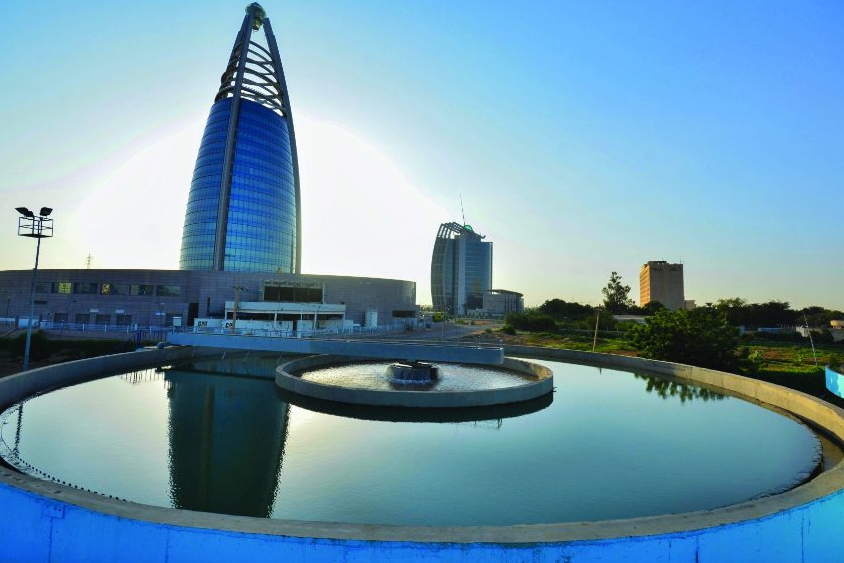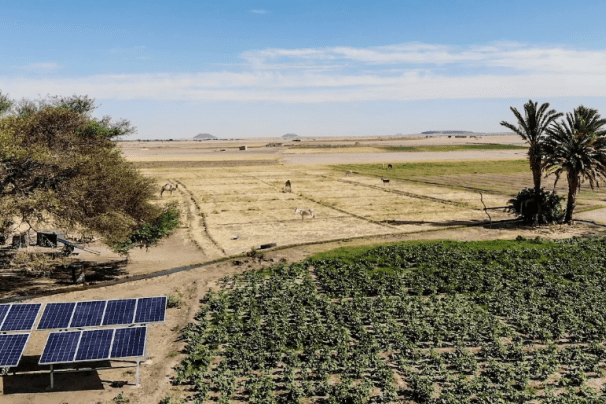
Clean Water Development
From wells and pipes to citywide distribution
Access to clean water is fundamental—requiring a journey from simple wells and small pipelines to sophisticated treatment plants and expansive distribution grids. This article reviews that trajectory and spotlights recent efforts in Khartoum, Sudan.
1. Early phases: Wells, boreholes, and piping
Historically, rural and peri‑urban communities in Sudan relied on wells—often manually dug or shallow boreholes—and limited local piping to support household needs.
- A national initiative known as “Zero Thirst”, launched in 2016, targeted 7,500 boreholes, water wells, and dams to ensure rural households were within 500 m of water by 2020. However, funding shortfalls limited implementation to about 2,500 projects (42%), including roughly 1,090 groundwater wells and 149 boreholes by 2022.
Funding came from the Saudi Fund (grant + loan), Kuwait Fund, and local sources. A $100 million Saudi grant signed in 2022 extended work with solar‑powered boreholes and dams in a new five‑year phase.

2. Urban upgrades: Water treatment plants & piping networks
As Khartoum expanded from under a million residents mid‑20th century to 8–12 million by 2022, the need for central treatment and extensive pipe networks became crucial.
- The Khartoum North Water Treatment Plant (Bahri WTP), located along the Blue Nile, was originally built in phases from 1957 to 1988.
- Between 2010 and late 2012, the plant underwent a comprehensive overhaul by MENA‑Water: intake centralization, installation of lamella settlers, upgraded sand filters, a new low‑lift pumping station, and gravity lines.
- This increased capacity from ~190,000 m³/day to ~300,000 m³/day—making it Sudan’s largest, and Africa’s second‑largest, WTP.
After treatment, water is distributed out via an expanded network to neighborhoods such as Bahri and Haj Yousif.

3. Modern enhancements: solar‑powered systems & emergency response
a) UNICEF-supported rehabilitation (2025)
- In February 2025, UNICEF delivered a high‑power generator and new pumping system to Almanara water treatment plant in Khartoum, boosting service capacity to nearly 1.9 million people.
- In May 2025, UNICEF delivered 360,000 litres of polymer treatment chemicals to other treatment plants across Khartoum and surrounding states, aiming to benefit over 5 million people.
b) UNDP‑Kuwait Fund project for IDPs (2025)
- From April 2025, a US $2 million UNDP project funded by KFAED began implementing 24 solar‑powered “water yards” in high‑need areas—serving over 500,000 people, including internally displaced persons, refugees, and host communities.
- These yards include overhead storage tanks, distribution points, solar-powered pumping, and maintenance systems managed by locally‑formed Water User Associations. Implementation spans 12 months.
c) Government restoration efforts post‑war (2025)
- A special committee created in July 2025 by Sudan’s Sovereign Council is overseeing the rehabilitation of basic services in Khartoum, including water networks. This follows widespread destruction due to the conflict beginning April 2023.

4. Government and community coordination
- The Khartoum State Water Corporation has been working alongside local governments and community efforts: in Karari locality, for instance, 185 wells underwent technical retrofits over the past year, supported by maintenance campaigns and collection of water tariffs to fund sustainability.Sudan Events
- The state has also deployed poly aluminum chloride for purification, addressing network breakages and minimizing wastage through proactive maintenance.Sudan Events
🚰 Case Study Summaries: Khartoum Water Development
| Project | Timeline | Funding / Partners | Key Interventions | Population Impact |
| Bahri WTP Upgrade | 2010–2012 | MENA‑Water; Sudan government | Intake upgrade, filters, pumping stations, new pipelines | Daily capacity expanded to ~300,000 m³ |
| UNICEF Almanara Rehab | Feb–May 2025 | UNICEF | Generator, pumping system, polymer treatment | Supplies ~1.9M people in Khartoum |
| UNDP‑KFAED Water Yards | Apr 2025–Apr 2026 | UNDP, Kuwait Fund | 24 solar-powered yards, storage, local management | Over 500,000 people (IDPs/refugees/hosts) |
| Karari Well Repairs | 2024–2025 | Khartoum State Water Corporation + community | Repairs of 185 wells, tariffs actions, purification improvements | Local community reliability improved |
5. From wells to networks: Steps in clean water infrastructure development
- Source identification: boreholes, wells, springs, river extraction.
- Treatment: chemical (chlorine, polymers), filtration—or solarized disinfection (where feasible).
- Storage: overhead tanks, reservoirs to buffer supply.
- Distribution pipelines: urban grid expansion and repair.
- Pumping infrastructure: low/electric lift stations or solar-power systems.
- Community systems: local Water User Associations, maintenance teams, tariff structures.
- Governance & coordination: central agencies, committees, international donors working together.
Conclusion
Khartoum’s pathway from reliance on scattered wells to integrated clean water networks reflects both ambition and resilience. Landmark upgrades like the Bahri Water Treatment Plant (2010‑12) set a platform, while post‑conflict recovery projects by UNICEF and UNDP in 2025 are rebuilding essential services with sustainability in mind. Solar‑powered infrastructure and community-level management are emerging as vital elements. Government-driven restorations, often in coordination with international agencies, are now focusing on urgent rehabilitation—aiming to bring safe water back to millions in Khartoum.